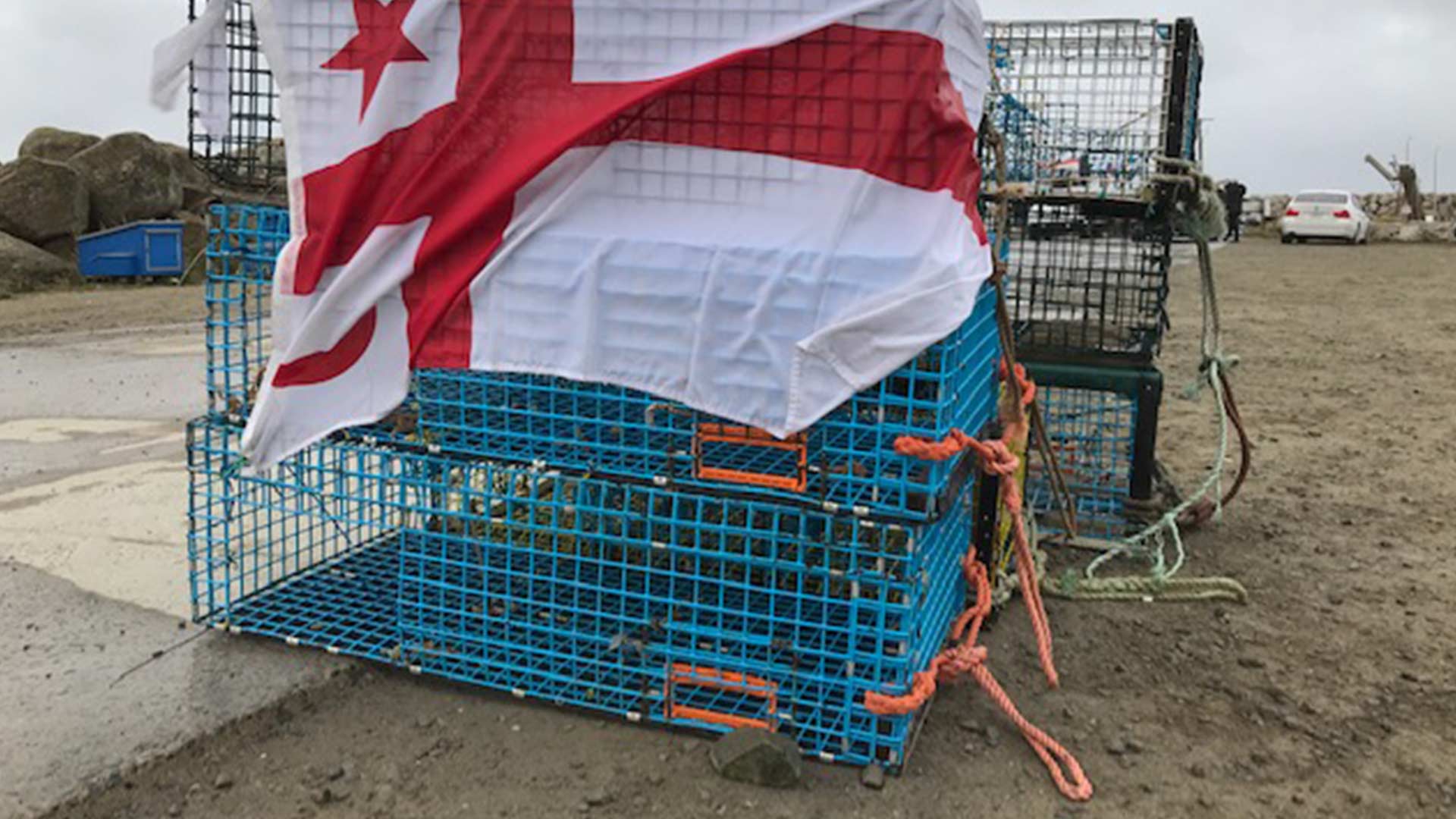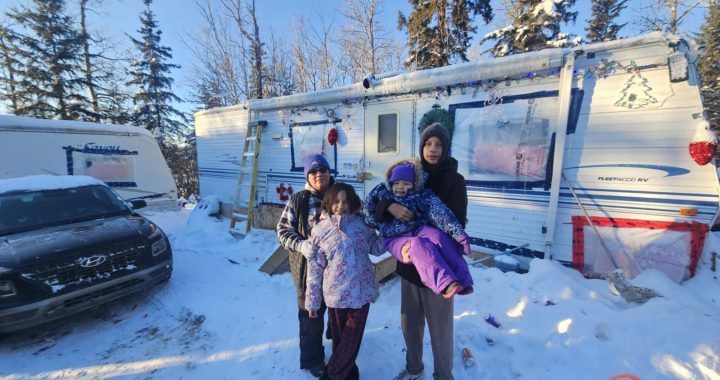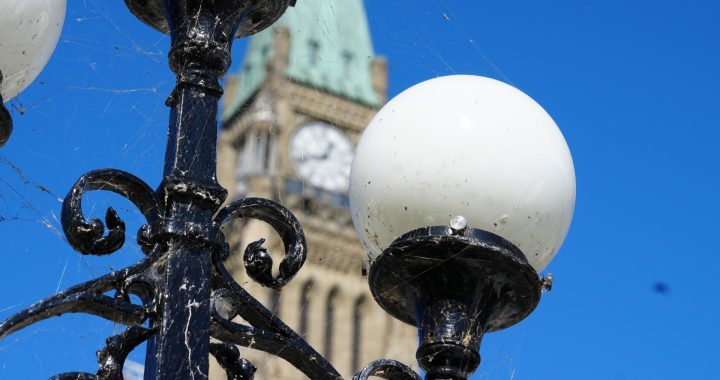By now, most people have seen the violence around the lobster fishery – non-Indigenous commercial fishers attacking Mi’kmaq fishers, destroying lobster catches, torching a van, sinking boats, stealing lobster traps and mobbing a lobster storage compound which was later burned to the ground.
Under treaties signed in the 1700s, Mi’kmaq have a right to fish – a right constantly challenged when they assert that right.
In 1999 the Supreme Court of Canada weighed in with what’s known as the Marshall decision, reaffirming Mi’kmaq can fish to make a living.
But what Canada hasn’t done in the two decades since, is establish how exactly that would work and what a ‘moderate livelihood’ would entail. So when Mi’kmaq from the Sipekne’ketik First Nation opened a lobster fishery last month in Saulnierville, N.S. they’re met with anger by non-Indigenous fishers.
Many don’t understand what’s in the treaty, never mind understand how those treaty rights would be applied in modern times, says APTN Investigates Video Journalist Trina Roche, who has done extensive work on Mi’kmaw fishing rights.
“Mi’kmaq know their treaty rights, you can ask any Mi’kmaq person — its part of their cultural identity, it’s a real source of pride,” Roache told InFocus Host Melissa Ridgen. “It’s just that when Mi’kmaq people assert their rights, conflict follows and that’s what we’re seeing play out now.”
“Canada and the Department of Fisheries and Oceans (DFO) never fully implemented the Marshall decision. They haven’t addressed the big question: what is a moderate livelihood and what do treaty rights look like when they’re implemented today.”
Watch Trina’s stories on the Mi’kmaq fishery.
20 years ago the Supreme Court ruled on Mi’kmaq fishing rights, so what has changed?
She points out that while Donald Marshall Jr., an eel fisher from Membertou First Nation, made history in challenging Canadian law, the government continues to seize equipment and fine Mi’kmaq fishers who fish like he did trying to earn a moderate livelihood.
So what is a moderate livelihood in the eyes of the Mi’kmaq?
“Not any one person can define a moderate livelihood,” says Mi’kmaq fisher Jolene Marr. “I feel a moderate livelihood is different for each person, we are all treaty rights holders. Myself, I have five children at home so I believe my moderate livelihood would be a little bit different than somebody who is a single person or a couple with one child — their moderate livelihood would probably be a bit different than my own.
“This is what we’ve been waiting for, for the past 21 years if for it to be defined for everybody’s understanding. For everybody’s well being. I can’t define that, just like I said. We have to do this as a collective nation.”

Non-Indigenous commercial fishers have framed this as a conservation issue – Mi’kmaq fishing outside of the DFO season, they say, strains already-shrinking lobster stocks.
But many scientists discount that, and point to the 17-year average catch count in St. Mary’s Bay – ground zero of the current tensions. The catch average in that time is 10 to 20 lobsters per trap. While the catch count decreased from 18 a few years ago to 12 now, it’s still within the 10 to 20 range.
And that is significantly better than say, 20 years ago, as lobster have migrated further and further north from Maine, to colder water around Nova Scotia.
“Right now, Nova Scotia is doing much better than it ever did before,” said Fred Whoriskey, executive director of Ocean Tracking Network. “This is in part because conditions are improving here, so Lobster production in Nova Scotia is skyrocketing and everybody has been doing better.”
Plus the season isn’t even based on conservation.
“In Nova Scotia and Canada, we’ve mostly chosen our seasons for economic reasons, in part so that different regions around the Maritimes can be part of providing a supply of hard shell lobsters, that’s a more lucrative market, its worth more,” says Megan Bailey, a fisheries expert with Dalhousie University in Halifax.
And to understand the impact of the Sipekne’katik ‘First Nation fishery, consider they have 350 traps compared to 390,000 commercial traps in that area.
Read More: The Facts Behind the Mi’kmaw Fishery
Something not widely reported is a third player in all of this, Clearwater Seafoods.
Robin Tress is with the Council of Canadians, an advocacy group that challenges corporate power and advocates for people, the planet and democracy.
She extensively wrote about the effect the mega-fishery has had in tensions.
“Clearwater is quite an enormous fishing company,” Tress explains. They’ve got about 6,500 traps on their boat, where as a typical owner operator boats regulated by DFO have about 400 traps on one boat and the Mi’kmaq moderate livelihood fishing boat would have about 50 traps total.”
So while commercial fishers dwarf the Mi’kmaq fishery, they’re dwarfed by Clearwater.
“I think that people don’t typically realise that when we are talking about the conflict between settler fishers doing violence and Mi’kmaq fishers trying to exercise their right, there is also a history of Clearwater, this massive company getting special treatment from both provincial and federal governments and that’s been happening throughout the entire time that the federal government has failed to live up to decisions that were made 21 years ago,” Tress said.
You can read her analysis here












